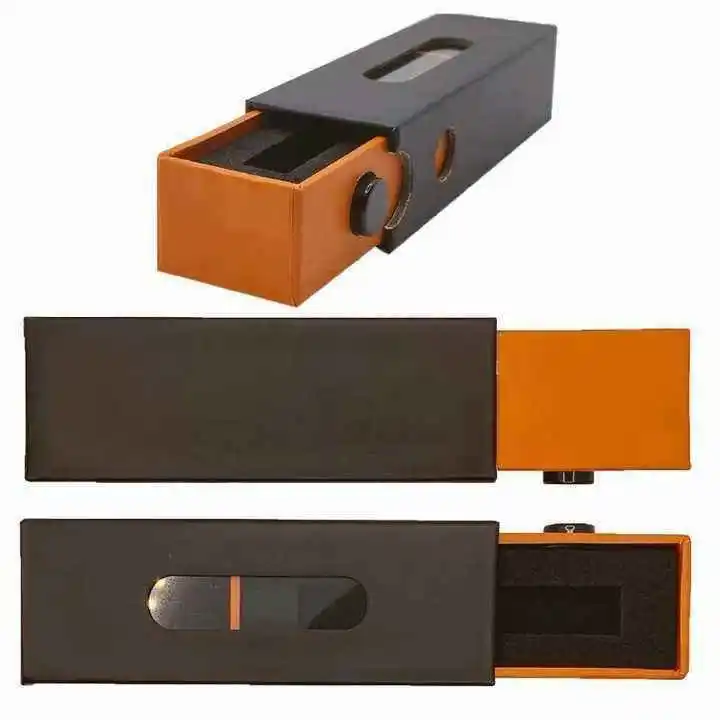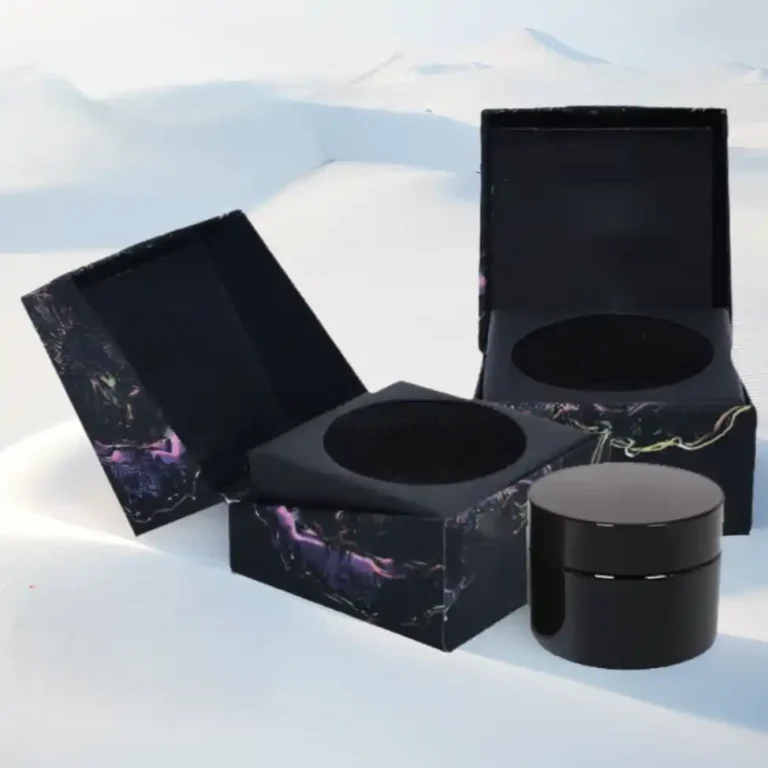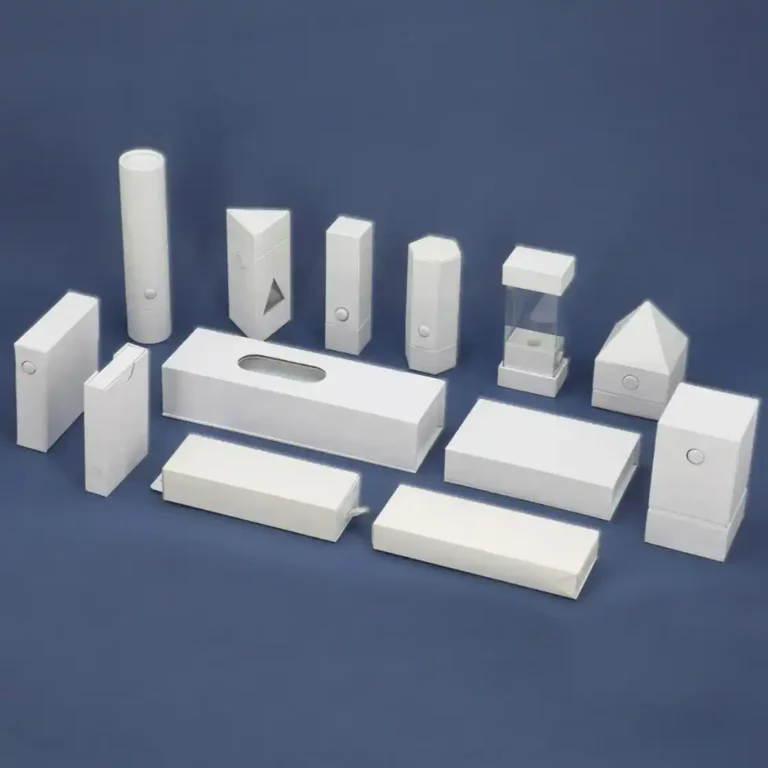Customized vs. Universal Packaging Ultimate Showdown: 8 Dimensions to Perspective Enterprise Strategic Choices
Introduction
Packaging is the first handshake between your product and the buyer. Sometimes you need a one-size-fits-most shipper that’s ready in minutes; other times, your product begs for a tailored suit that fits like a story and protects like armor. Below, we pit customized and universal packaging across eight executive-level dimensions so you can choose with confidence—no fluff, just what moves the needle.
You’ll also find helpful internal resources pulled from your site, including the homepage, plus deep-dive pages such as paper gift boxes, printed corrugated boxes, folding cartons, cardboard displays, paper tube packaging, child-resistant packaging, perfume boxes, and electronics boxes.
Table of Contents
Cost efficiency: short-term savings vs. long-term investment
Universal packaging often wins on immediate unit price and lead time. It’s ideal for pilots, volatile demand, and commodity SKUs where speed beats nuance.
Customized packaging behaves like a capital-minded asset: right-sized structures reduce dunnage, damage, and returns; standardized dielines cut storage sprawl; engineered inserts streamline pick/pack. Over time, that compounds into fewer write-offs and better warehouse throughput.
Packaging TCO considerations
- Total cost of ownership: measure beyond materials—include damage rate, return reasons, handling time, and storage density.
- SKU complexity: high variety favors custom dielines that cube-out efficiently.
- Format selection: explore retail-ready options like folding cartons and ship-ready printed corrugated boxes.
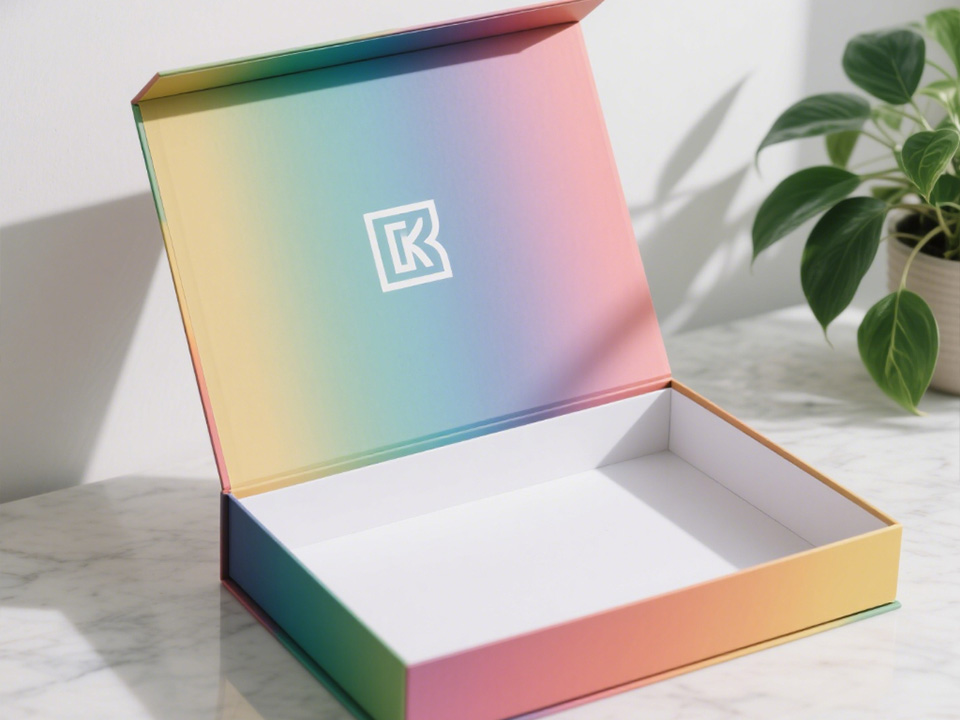
Timeliness performance: plug-and-play VS precise protection
Universal is plug-and-play: off-the-shelf sizes land fast and cover most needs.
Customized is precise protection: board grades, closures, and inserts match product fragility, mass, and route risk. That alignment curbs quantity loss across line-haul, cross-dock, and last-mile.
Right-sizing and protection engineering
- Ramp speed vs. ramp quality: start universal for rapid scale, then graduate to custom for core runners.
- Hazard mapping: design for vibration, compression, and drop profiles specific to your channels. Consider cylindrical and fragile goods with paper tube packaging or device-focused electronics boxes.
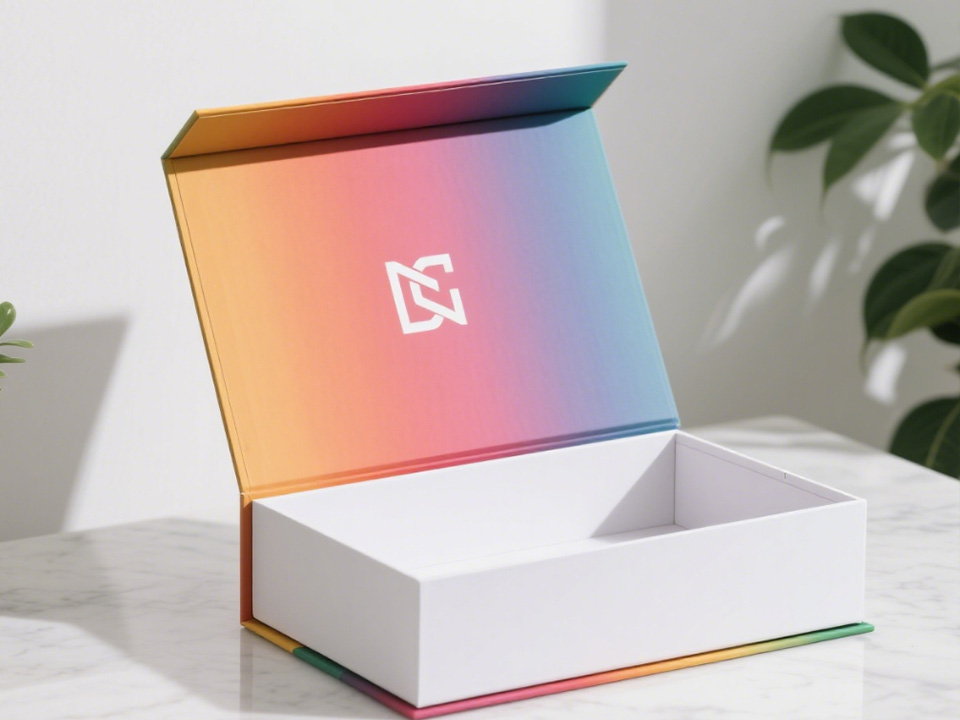
Brand building: functional carrier VS emotional medium
Universal ships a product. Customized ships a promise. Color systems, textures, typography, and opening rituals signal quality, set price expectations, and earn repeat purchase.
Branded packaging assets
- Distinctive structures: drawers, sleeves, magnetic closures—see premium cues in paper gift boxes and category storytelling in perfume boxes.
- On-shelf stopping power: modular storytelling panels and QR-led journeys turn packs into mini showrooms; for activations, deploy cardboard displays.
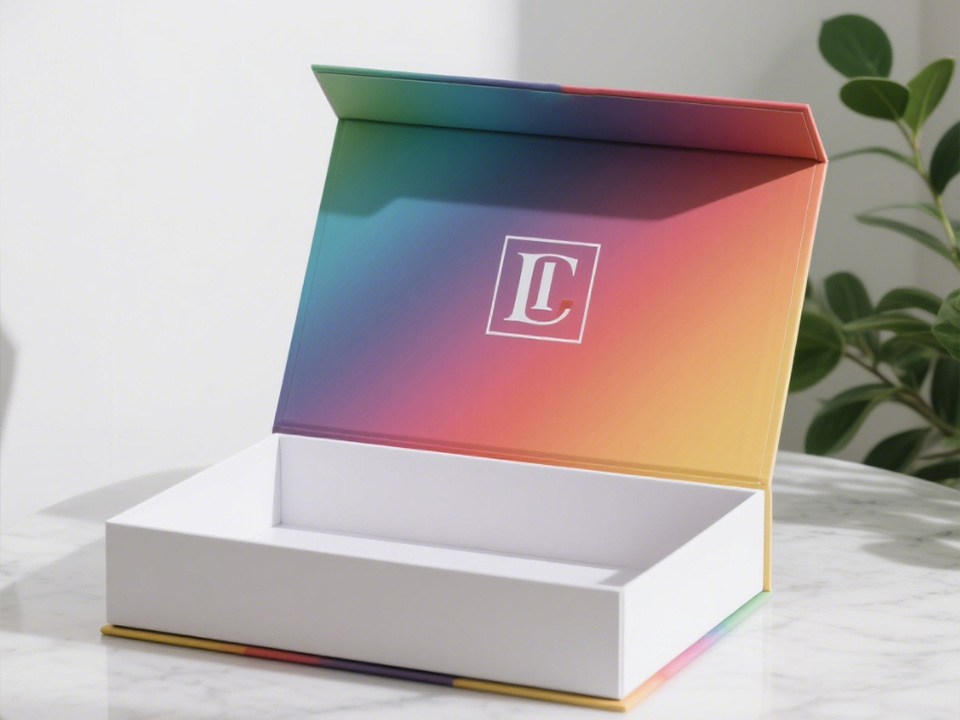
Environmental performance: basic compliance VS closed-loop innovation
Universal can quickly hit baseline recyclability and lightweighting.
Customized lets you design for measurable outcomes: mono-material builds, right-sizing to reduce headspace, refill systems, and clear labeling that anticipates next-gen rules. It’s how packaging evolves from box to eco-system.
Sustainable packaging tactics
- Material logic: fewer laminations and inks improve sortability and reduce fee exposure in expanding EPR schemes.
- Format swaps: migrate where possible to recyclable paper-based formats like printed corrugated boxes and compliant, safety-critical child-resistant packaging.
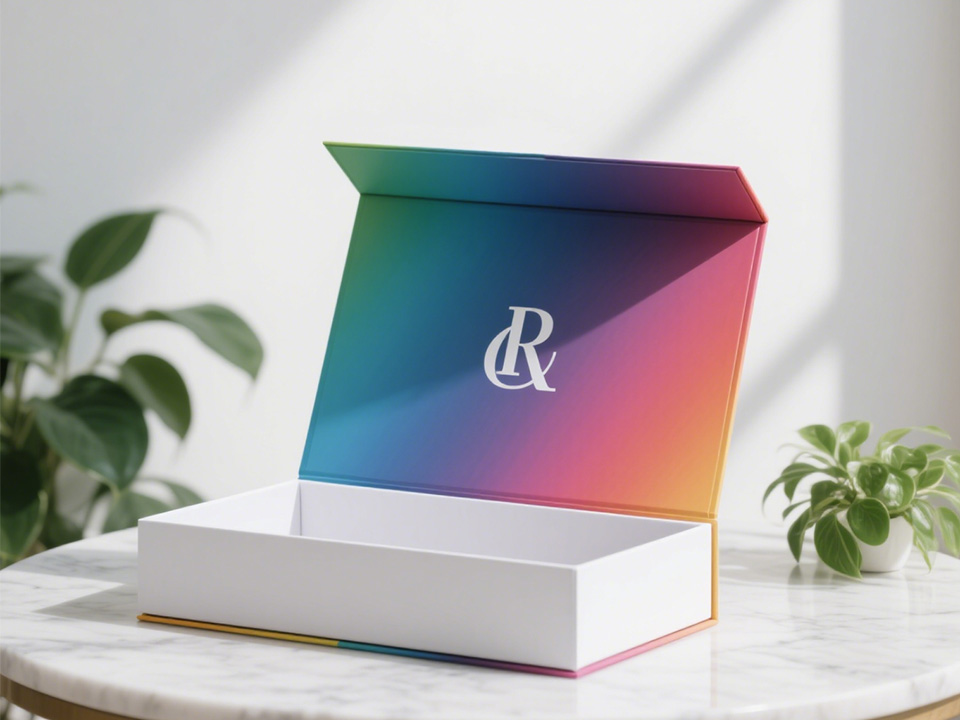
Supply chain flexibility: rigid system VS agile response
Universal shines when you need buffer stock and quick substitutions; easy to cross-dock and redeploy.
Customized unlocks network agility: harmonized branded masters across SKUs, modular inserts, and pallet-tuned footprints improve cube utilization, reduce emergency air-freight, and simplify 3PL SOPs.
Operations playbook
- Forecast volatility: hybridize—universal for unpredictable spikes, customized for stable high-volume items.
- Dieline standardization: one master that scales across SKUs beats many sizes that “almost fit.”
6. Regulatory Adaptation: Passive Response VS Active Leadership
Passive teams react to each new rule with stickers and quick fixes. Active teams design ahead: claims that withstand audits, re-use readiness, recyclability labeling, and data-ready BOMs that satisfy multi-market reporting.
Compliance-by-design
- Horizon scanning: align now with upcoming recyclability, re-use, and design obligations to avoid rework.
- Data discipline: capture materials, weights, and end-of-life pathways at the SKU/pack level from day one.
7. Consumer Insights: Fuzzy Reach VS Precise Interaction
Universal speaks broadly; fine when category cues already carry the sale. Customized targets precisely—structures, finishes, and messages mapped to audience segments and channels.
Conversion-oriented packaging
- Segment coding: subtle structure or graphic shifts by channel, cohort, or SKU family.
- Test-and-learn loops: treat the pack like a media slot—iterate on pickup, dwell, and share metrics. Support retail theater with cardboard displays.
8. Strategic value: cost center VS profit engine
Call packaging a cost center, and you’ll chase the lowest unit price. Treat it as a profit engine, and you’ll design for conversion, AOV, LTV, and compliance resilience. Premium, well-engineered packs raise perceived value and protect margins.
Margin architecture
- North-star metrics: damage rate, return reasons, review sentiment on packaging, recyclability scores, repeat rate.
- Owned distinctiveness: assets competitors can’t copy cheaply—signature structures in folding cartons or tactile luxury in paper gift boxes.
Conclusion
There’s no single winner. Universal packaging is your sprinter—cheap, fast, and good enough to reach the start line. Customized packaging is your marathoner—engineered, brand-building, regulation-ready, and built to compound value. Most mature teams run a hybrid system: universal for surges and trials, customized for core SKUs and high-stakes channels. The real showdown isn’t box vs. box; it’s whether you treat packaging as a tactical afterthought or a cross-functional growth lever.







